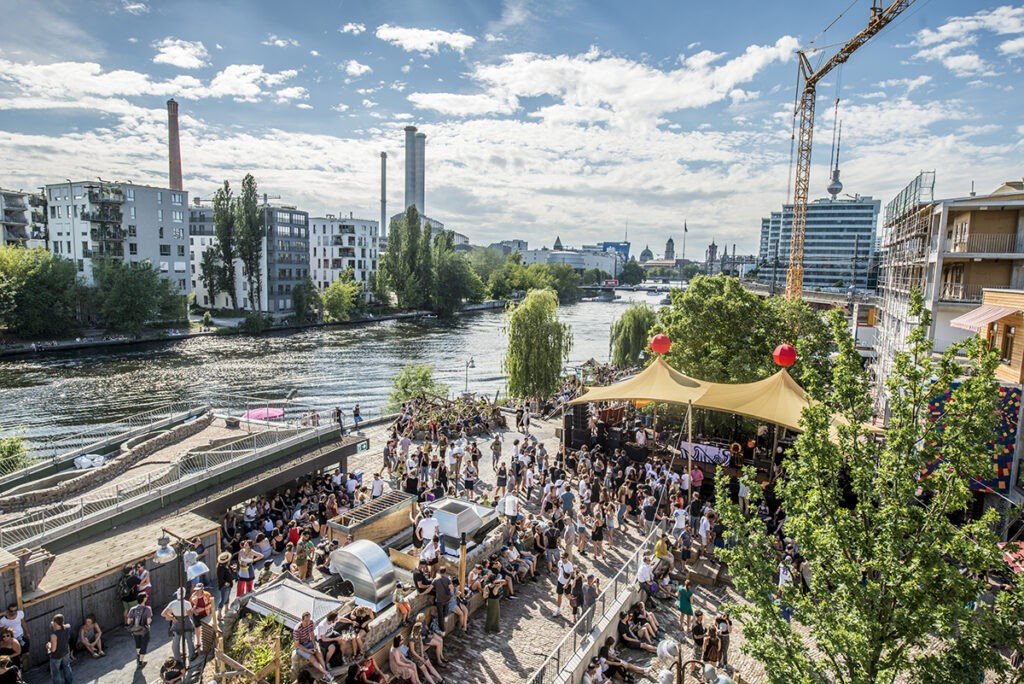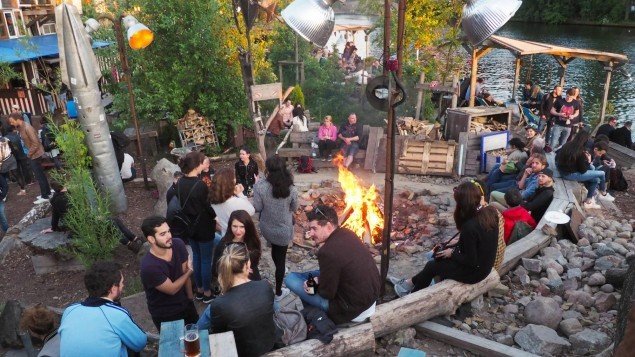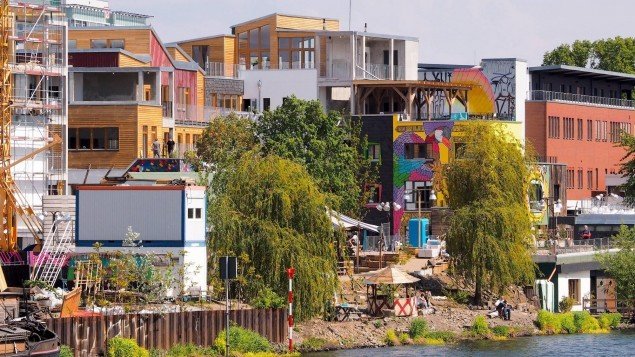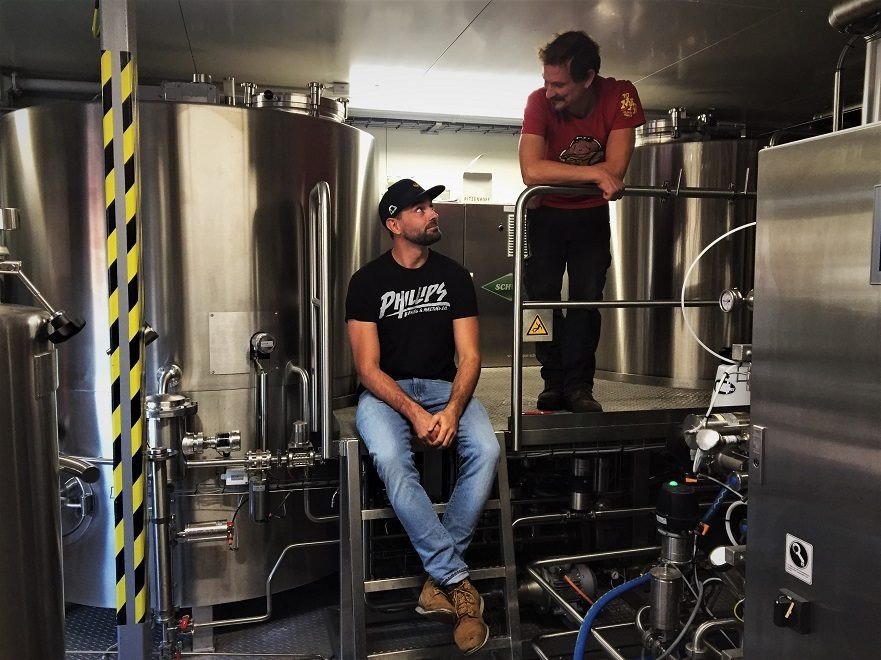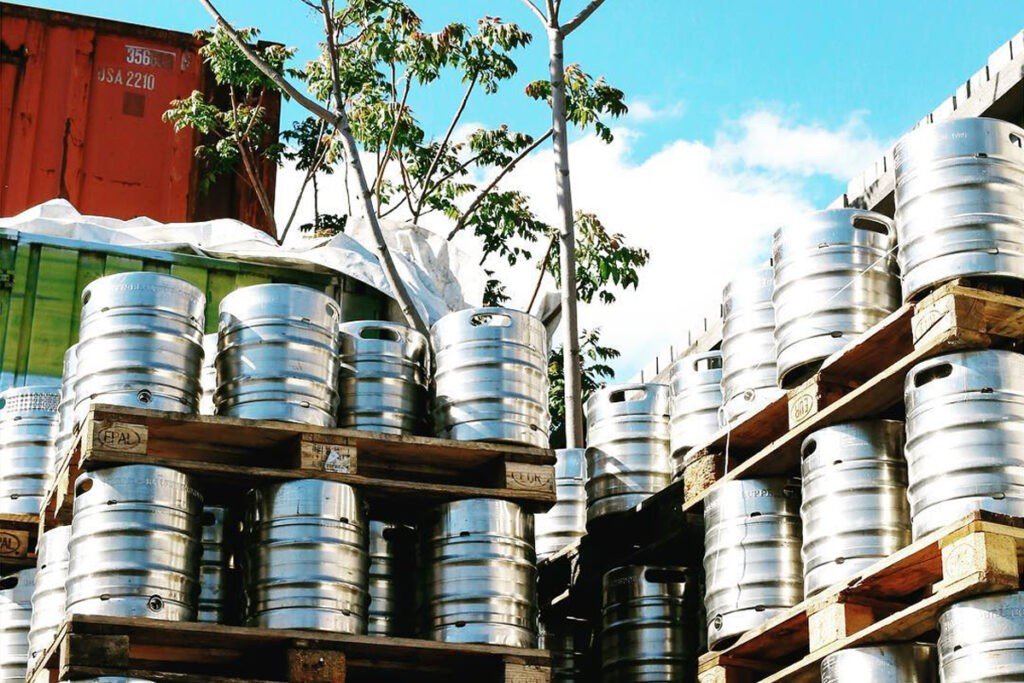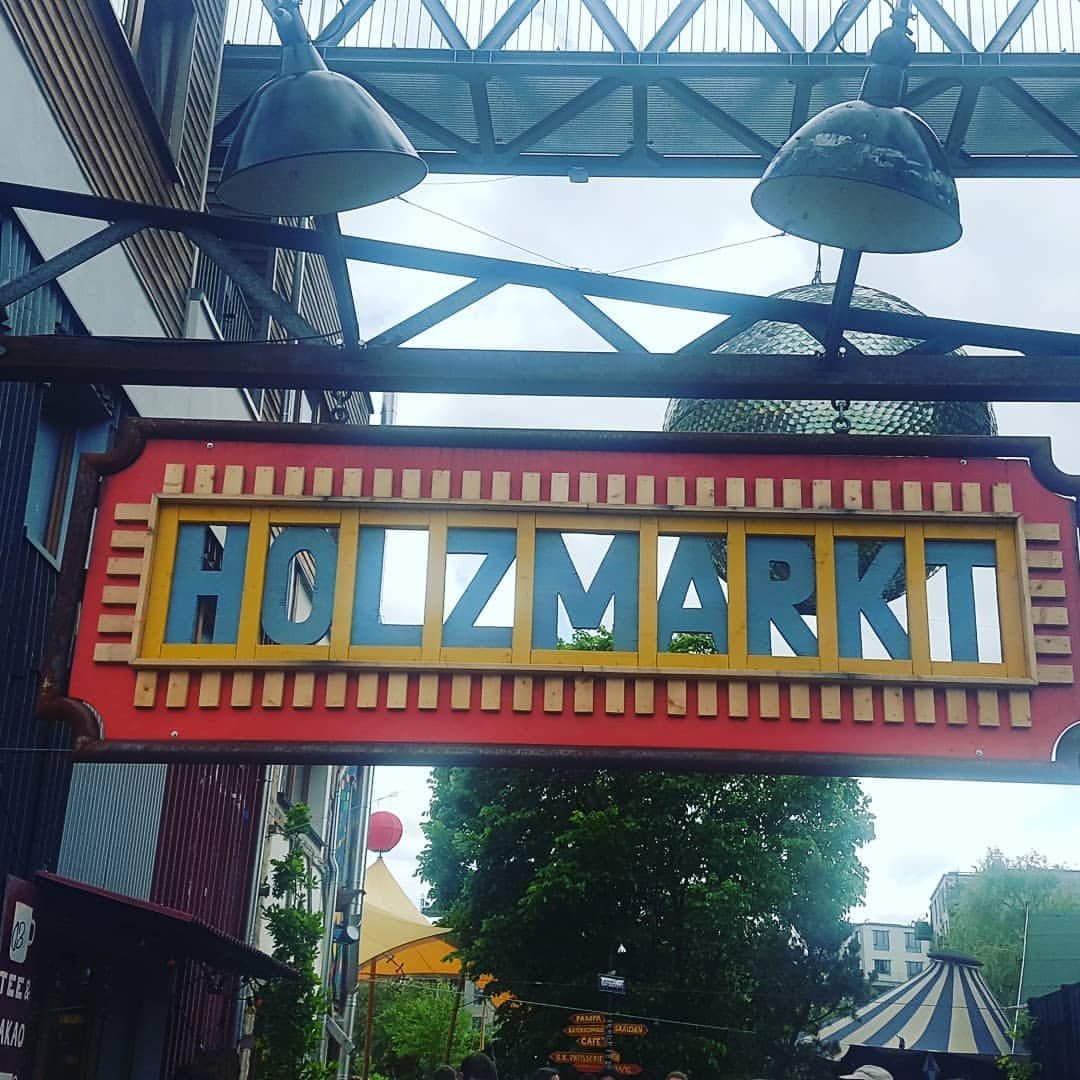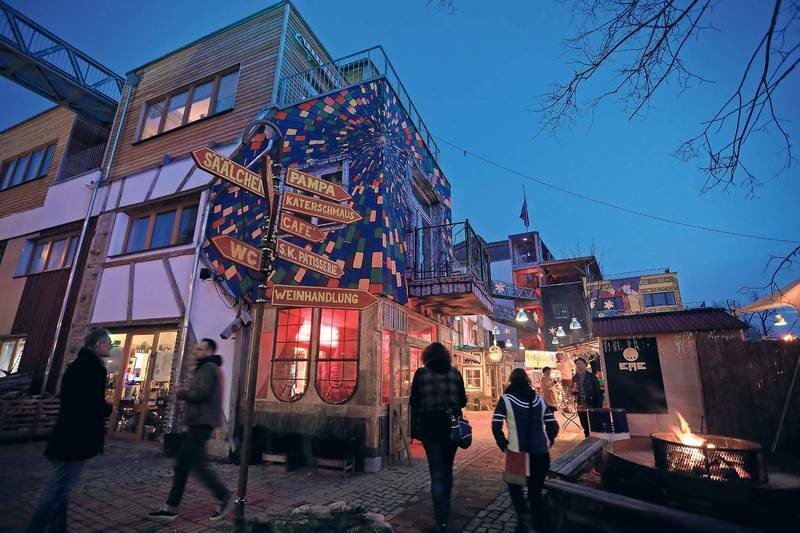Description
Berlin is richer by a brewery. But the Holzmarkt Brewery is neither a start-up nor a century of tradition. Brewmaster Marten Schmidt on the story behind it. In order to tell the story of the Holzmarkt Brewery in Berlin, one has to go back a bit and open a chapter in the recent history of the city. Yes, yes, Berlin again. Not the navel of the world, certainly. But this is exciting, because it is a kind of surprisingly successful experiment, a small urban wonder. "A magical place," say the operators of the Holzmarkt site. Tourists from all over the world are delighted, investors and city planners are amazed. There is namely in the middle of the city, in the "trendy district" Friedrichshain, between Alexanderplatz and Oberbaum Bridge, right on the Spree a fairly large area, a Filetstück, actually, so central, so special, so on the water, so everything Making land in big cities just as filetartig, which is played by a kind of cheerful community, a cooperative, artistic and colorful. Where Holzbüdchen and Lauben stand instead of 14-story skyscrapers with glass facades, dodging prices per square meter and priceless views of the river. The wood market - an "urban village", as they say, although of course there is already some concrete under the wood of the books, and pure fun in the wood market has long since become more serious. The Holzmarkt Cooperative builds here on 10,000 m² a small, free-spirited and creative village in the middle of the city. With restaurants, wine shop, a day care center, student apartments, an organic bakery - and its own brewery. "Where the Bar25 used to be ..." - "Oh!" It all began in 2004 with the Bar25, a techno club, but not one, but one that was at some point "notorious", which was filmed over the documentary films in Every travel guide stood firmly in Berlin in the early 2000s. THE bar25, so. In 2010, DIE Bar25 closed, and the operators opened a new club on the other bank of the river Spree, the male Holzig. Later, the tomcat Blue was created on the Bar25 site. There was always a lot of talk, arguing and writing about the whole back and forth, because, in a very simplified way, it was always a bit "the creative versus the capital". Project developers wanted to build great skyscrapers on the waterfront - and then club people, musicians, artists wanted to continue celebrating in a permanent home. The whole thing took a spectacular start - because not "the capital" but "the creatives" prevailed: in 2017, the cooperative Holzmarkt eG took over the responsibility for the site on the timber market and let gradually their utopia of the "urban village" become a reality. Holzmarkt Brewery: a pilot project Marten Schmidt now belongs to this village. He arrived in spring 2018, fresh from Sweden, where the brewmaster brewed beers for Sigtuna Brygghus & St Eriks. Before that he had been in Canada, before that USA, six years on the road in the world. And quite, just before that, he completed his studies at the VLB. "But then I wanted to leave Germany quickly," he says. "Away from the law of purity." To him that's just too much "German fear", too much worry to do something wrong, too much adherence to traditional habits. More exciting, says Marten, is the approach: "What is the goal, what kind of beer do I want to make, how should it taste - how to implement it in the best possible way?" It took a lot to persuade Marten to return to Germany. But this project was exciting enough: the Danish brewing group Carlsberg started a pilot project and was looking for a master brewer for his first mobile brewery in an overseas container. Kaspar-Schulz 10 hectoliter brewhouse plus fermentation and storage tanks, compactly installed in three shipping containers, small bottling plant, all in one Cubus, "plug and play", so to speak - why not. "Even though I really did not want to work for a brewing company," says Marten. The Holzmarkt brewery is an overseas container. He does so now that Carlsberg the Holzmarkt eV has placed this container in the yard, in the shadow of the S-Bahn bows, right next to the club, where the deco of the hangover Blue (mice, gigantic big, white mice, of course, the cat eats) and otherwise stored so clutter of the urban village. The brewhouse of the Holzmarkt brewery goes to Carlsberg - the finished beer is sold by the wood market.

